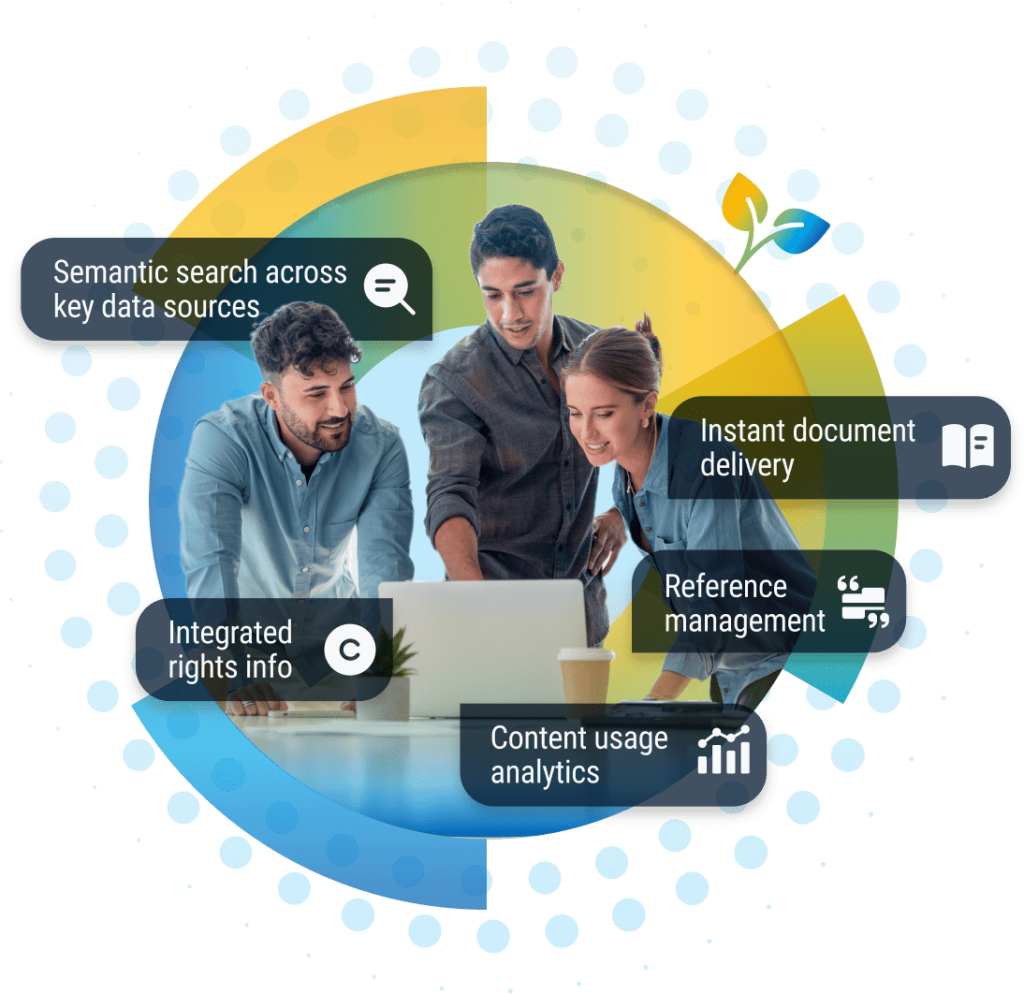The complete literature management solution your growing company can trust for an effective scientific content strategy today and tomorrow. The RightFind Suite Growth Bundle provides the tools companies need to efficiently access, organize and collaborate on scientific content
What's included 
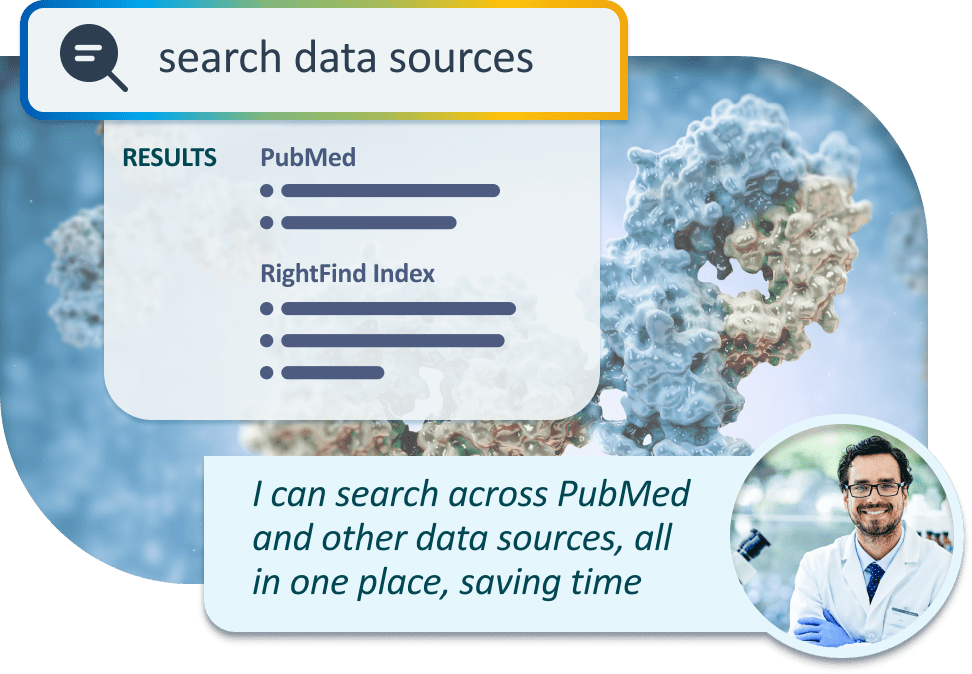
Semantic search across key data sources
Robust searching with the National Library of Medicine’s MeSH vocabulary or ChEMBL offers a simple access to synonyms, facilitates comprehensive searches and improves relevance of search results. Using a single tool to search across a comprehensive collection of scientific, technical and medical content means you spend less time searching multiple places for relevant content
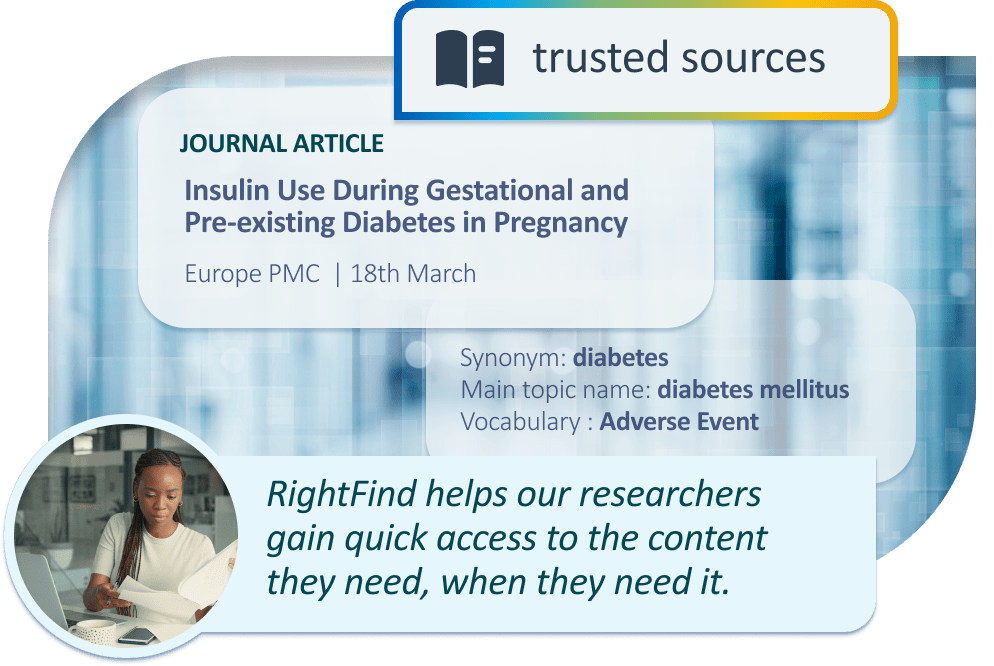
Instant document delivery
Instant document delivery for most content means you have access to scientific content when you need it. Plus, get instant access to content ordered by your colleagues that has been added to your company’s Digital Library and stored for reuse
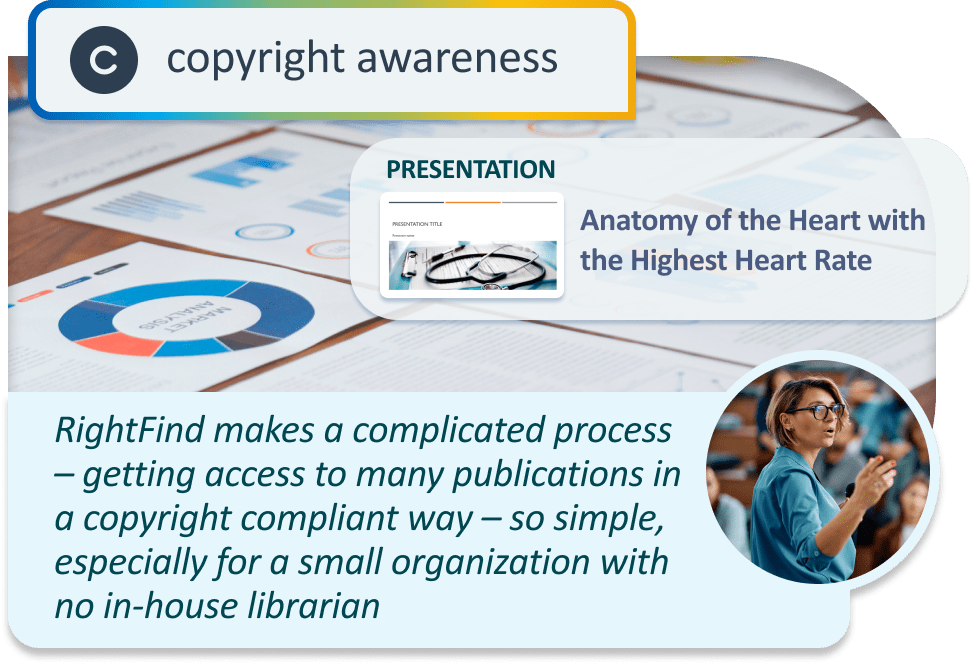
Integrated rights info
The only literature management solution on the market that offers accurate, up-to-date information on how content can be used under your CCC copyright license, helping companies reduce the likelihood of copyright infringement
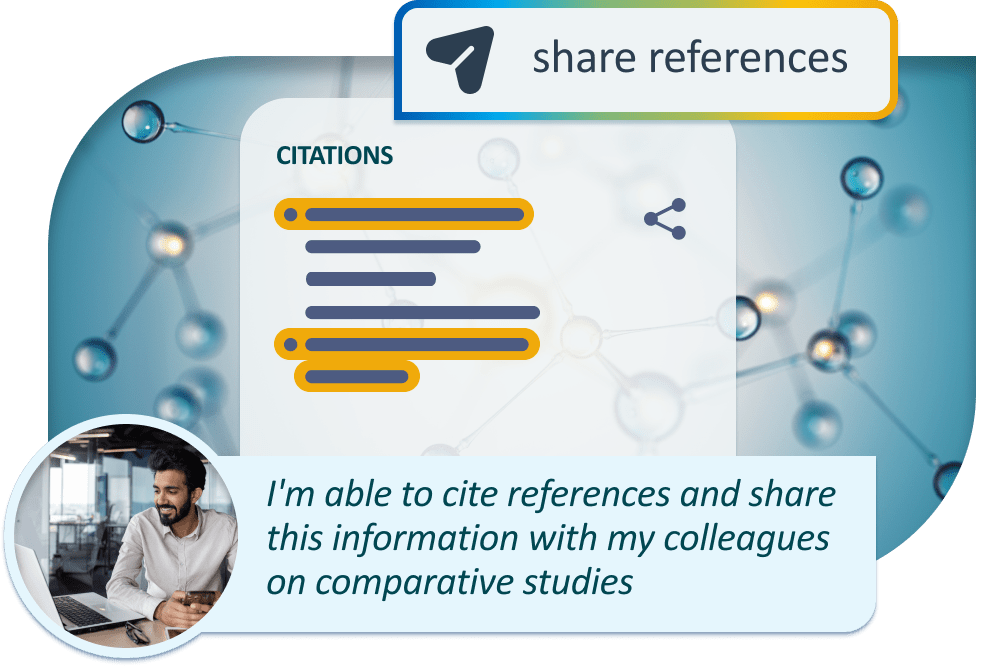
Reference management
Powerful features that make it easy to organize your citations so you can find them later and collaborate on published content with colleagues effectively. Accurately formats citations in over 10,000 styles in Microsoft Word and PowerPoint documents, letting you focus on your work.

Content usage analytics
Usage analytics offer intuitive data visualizations to help you forecast your spending and build a content strategy optimized for your company. RightFind Suite is the only solution that combines comprehensive document delivery usage and spend data with predictive analytics to help companies bring actionable intelligence to their content acquisition strategy.

Semantic search across key data sources
Robust searching with the National Library of Medicine’s MeSH vocabulary or ChEMBL offers a simple access to synonyms, facilitates comprehensive searches and improves relevance of search results. Using a single tool to search across a comprehensive collection of scientific, technical and medical content means you spend less time searching multiple places for relevant content

Instant document delivery
Instant document delivery for most content means you have access to scientific content when you need it. Plus, get instant access to content ordered by your colleagues that has been added to your company’s Digital Library and stored for reuse

Integrated rights info
The only literature management solution on the market that offers accurate, up-to-date information on how content can be used under your CCC copyright license, helping companies reduce the likelihood of copyright infringement

Reference management
Powerful features that make it easy to organize your citations so you can find them later and collaborate on published content with colleagues effectively. Accurately formats citations in over 10,000 styles in Microsoft Word and PowerPoint documents, letting you focus on your work.

Content usage analytics
Usage analytics offer intuitive data visualizations to help you forecast your spending and build a content strategy optimized for your company. RightFind Suite is the only solution that combines comprehensive document delivery usage and spend data with predictive analytics to help companies bring actionable intelligence to their content acquisition strategy.

